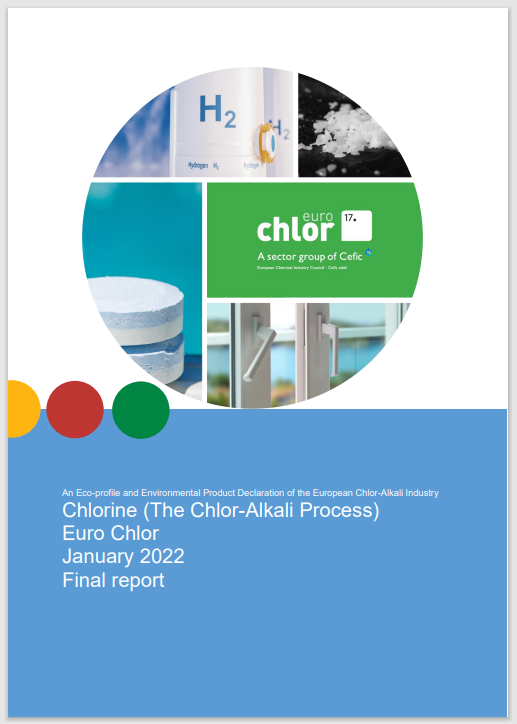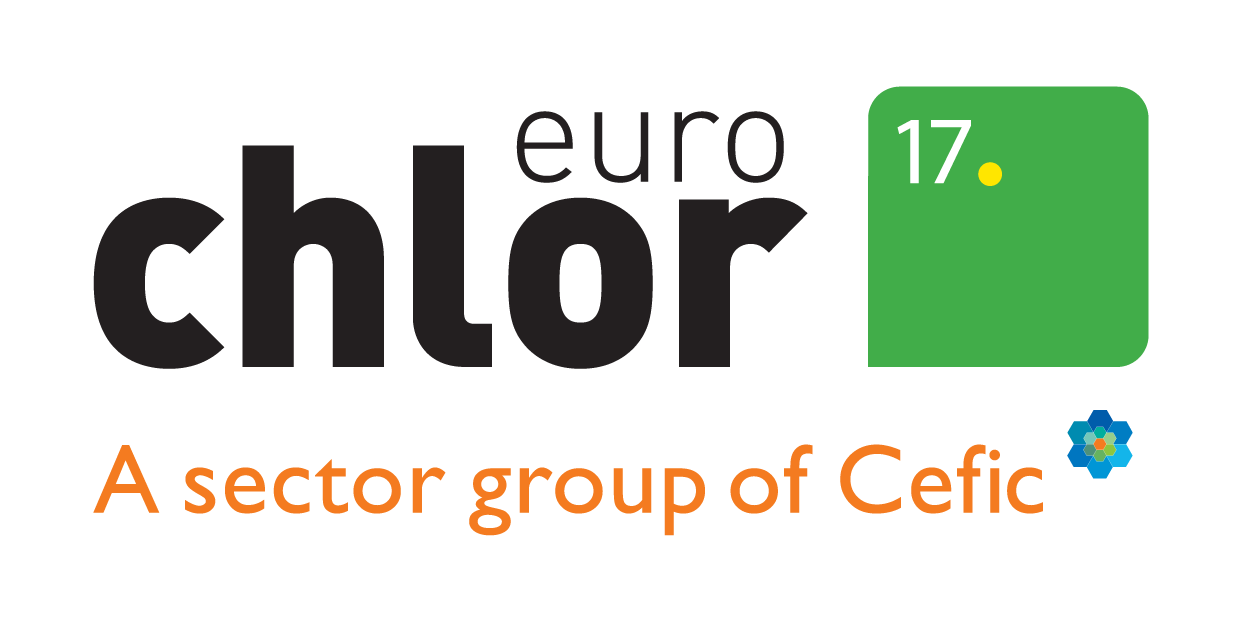Euro Chlor 2022 Eco-profile study now published
Click here to download the 2022 Euro Chlor Eco-profile report, which sets out the environmental Impacts along the production chain from “cradle to gate”. Since the last report was issued in 2013, we are proud to announce that:
- Mercury technology has been phased out
- The Global Warming Potential (GWP) for chlorine, sodium hydroxide and sodium hypochlorite has decreased by around 20–25 % due to changes in grid electricity GWP and less electricity use for electrolysis
- GWP for hydrogen increased slightly (10 % based on the old LCA method), while at the same time impacts from electricity were decreased. But with the new LCA method used this time, an improvement of 44% can be noted due to the fact that the vented hydrogen is no longer considered as a greenhouse gas.
- Ozone Depletion Potential (ODP) decreased by about 50 % for all products
In 2013, Euro Chlor published its first Eco-profile report with data from with 2011. Specialised external consultant ifeu, prepared this 2022 Eco-profile of the main chlor-alkali products (chlorine, caustic soda, hydrogen and hypochlorite). The work has been critically reviewed by an expert office (DEKRA) and approved according to the PlasticsEurope Eco-profiles programme and methodology – V3.0 (2019). The results of this “cradle to gate” study integrates the production of salt/ brine and electricity, as well as of the utilities and other materials used in the process. More information can be found at https://www.eurochlor.org/topics/sustainability/ecoprofile or by contacting eurochlor@cefic.be.

